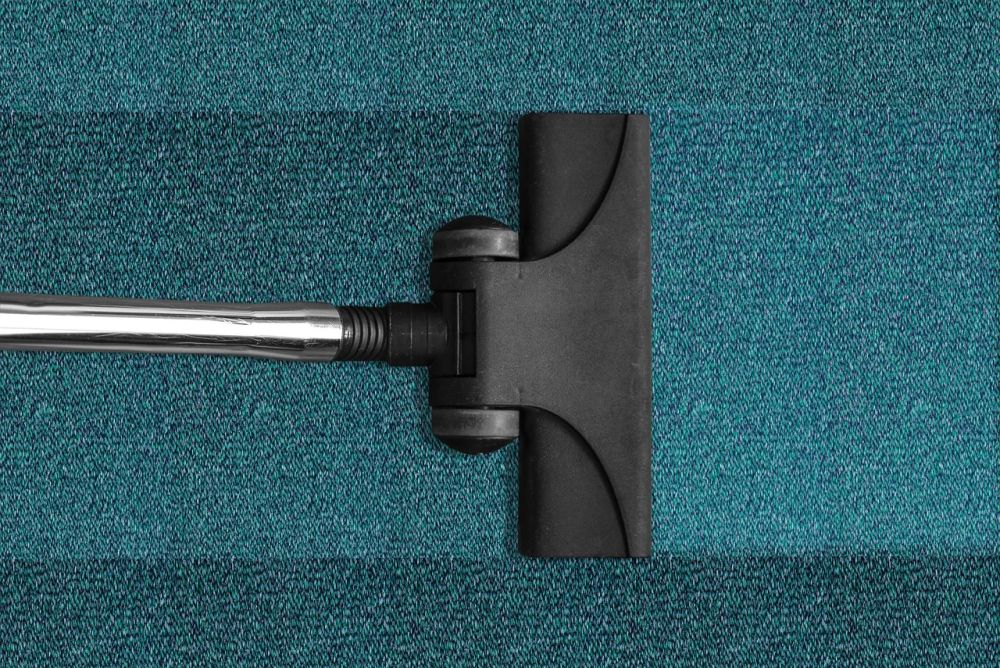Bagged vs. Bagless Vacuum Cleaners – Choose the Best One for Your Household

Are you planning to buy a vacuum cleaner? With so many options available, choosing the right one can be overwhelming. One of the most common ways to classify vacuums is by comparing bagged and bagless options. Understanding the differences between these two types of vacuum cleaners can help you make an informed decision that best suits your household needs.
Bagged Vacuum Cleaners: These vacuum cleaners use a replaceable bag to collect dust, dirt, and debris. Air flows through the bag, which acts as a filter, trapping particles inside. Once the bag is full, it needs to be replaced with a new one. This traditional design has been trusted for years and offers several benefits, particularly for those with allergies.
Bagless Vacuum Cleaners: In contrast, bagless vacuum cleaners use a chamber or dirt cup to collect debris. The vacuum’s filters trap dust and dirt, which is then emptied from the chamber when full. This newer innovation has gained popularity due to its convenience and environmental benefits.
But which type is better – bagged or bagless? The answer depends on various factors, including your cleaning habits, budget, and specific needs. Let's delve into the pros and cons of each to help you make the best choice for your home.
Pros and Cons of Bagged Vacuum Cleaners
Pros
HEPA Filters for Allergy Sufferers
Do you suffer from allergies frequently? Bagged vacuum cleaners often come with HEPA filters, which help trap allergens present in the house. These filters undergo rigorous testing to ensure they capture at least 99.97% of dust particles as small as 0.3 microns. This feature also helps remove pollen from the air, making it a healthier option for allergy sufferers.
Less Maintenance Cost
Bagged vacuum cleaners generally require less maintenance. They can collect up to 2 pounds of dirt before needing replacement. Built-in filters rarely need cleaning and are only replaced when completely worn out.
Better Hygiene
As the allergens, dirt, and debris drawn in by the bagged cleaner are securely locked inside the bag, this option is more hygienic. The bags can be disposed of and replaced without creating a mess or spreading dust into the air.
Large Capacity
Bagged vacuum cleaners typically have a larger capacity for dirt and debris, meaning you don't have to empty them as frequently as bagless models. This makes them convenient for large homes or heavy use.
Cons

Recurring Cost of Bags
As soon as the bag is full, it needs to be replaced, meaning you need to keep buying bags regularly. The price of bags varies based on the model of your vacuum cleaner. Additionally, you must keep a stock of bags because if it becomes full in the middle of cleaning, you might have to leave the job half-done.
Performance Issues
Even if the bag is only half-filled, it might affect the vacuum's performance. You may end up wasting money by replacing a half-full bag, as it's difficult to know precisely when the bag is full without guessing.
Less Environmentally Friendly
The need to constantly replace and dispose of bags can be less environmentally friendly, as it contributes to landfill waste.
Pros and Cons of Bagless Vacuum Cleaners
The bagless cleaners are the latest innovation in the sphere of vacuum cleaners. This version of vacuum cleaner might have interested the buyers because they hate stocking upon the bags or found it easy to clean maintain and use. The pros and cons of the bagless vacuum cleaners are –
Pros

Eco-Friendly
Bagless vacuum cleaners are more environmentally friendly. In a bagged cleaner, you might use over 100 bags in the product’s lifetime, which can be harmful to the environment. With bagless versions, you are not contributing to landfill waste filled with debris and dirt.
Transparency for Easy Maintenance
The dirt chambers in bagless vacuum cleaners are transparent, allowing you to see when they need to be emptied. This feature makes it easier to maintain and ensures you always have optimal performance.
Cost-Effective
Once you purchase a bagless vacuum cleaner, you don't have to worry about buying additional bags. This makes maintaining bagless vacuum cleaners easier and less expensive over time.
Advanced Technology
Many bagless models come with advanced technology, such as cyclonic suction, which can offer more powerful cleaning performance.
Cons
Exposure to Allergens
When emptying the dust-filled chambers, you are more exposed to allergens. Dust particles might spread into the air while emptying the airtight chambers, which can be a problem for allergy sufferers.
Frequent Filter Cleaning
Bagless vacuums often require regular filter cleaning to maintain performance. This can be a hassle and might involve washing or replacing filters more frequently.
Smaller Capacity
Bagless vacuums typically have a smaller capacity for holding dirt and debris, meaning you may need to empty the chamber more often than with a bagged model.
Conclusion

Both bagless and bagged vacuum cleaners have their own sets of advantages and disadvantages. However, both types are efficient and effective at keeping your home clean. Consider your specific needs, such as allergy concerns, maintenance preferences, and environmental impact, when choosing between the two. Weigh the pros and cons and select the model that fits your preferences and budget best.
For more information on vacuum cleaners and tips on keeping your home clean, be sure to explore our blog. We offer a wealth of resources, including a brief history of vacuum cleaners and detailed reviews of various models.
Acknowledgments
"Picture no.1": by Jarmoluk for source click here.
"Photo no.2": by IMS68 for source click here.
"Photo no.3": by Jarmoluk for source click here.
Check more articles on our blog

Powder, Pods, Or Liquid - How To Choose The Best Laundry Detergent?

5 Benefits of Microfiber Cleaning Products for Everyday Cleaning
Silicone Sponges: Transforming the Way We Clean - A Comprehensive Guide
